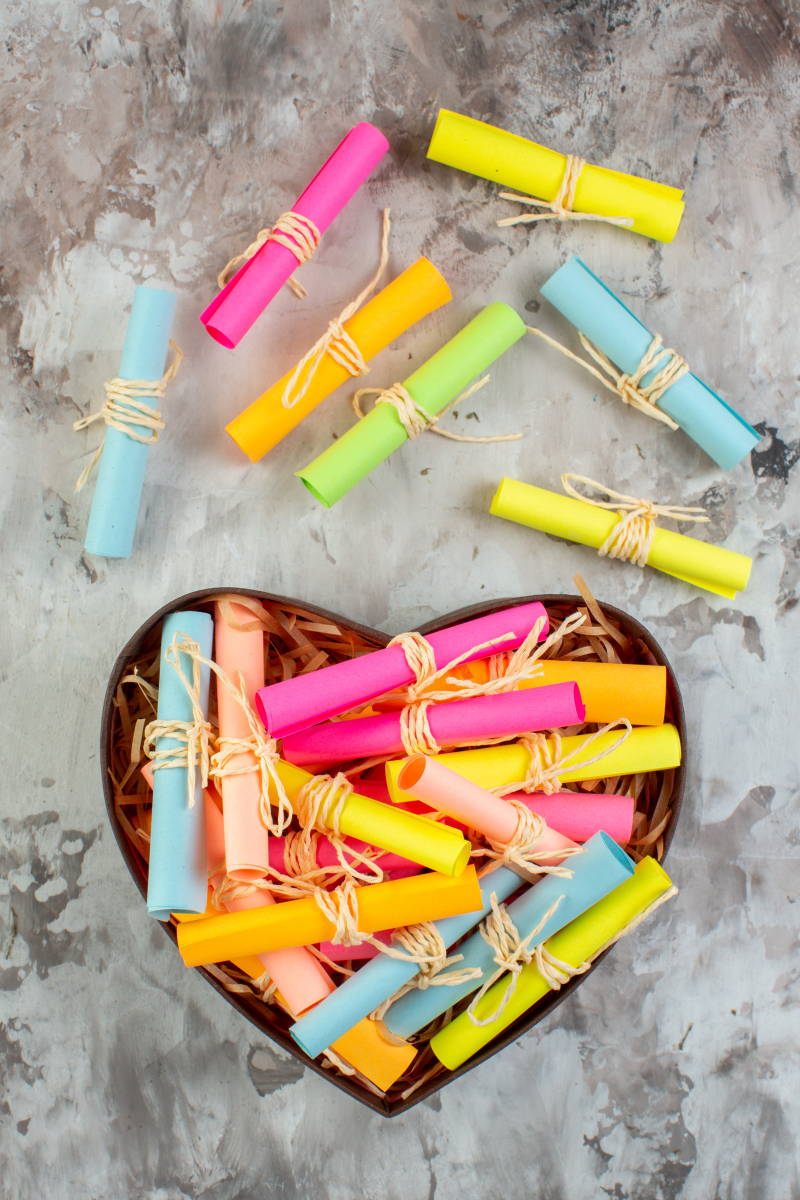 As we enter 2022, uncertainty remains a central theme in lives around the world. While many anticipated that the New Year would bring respite from the capricious storms of the COVID-19 pandemic, the rapid spread of the Omicron variant casts deep shadows over these hopes[1].
As we enter 2022, uncertainty remains a central theme in lives around the world. While many anticipated that the New Year would bring respite from the capricious storms of the COVID-19 pandemic, the rapid spread of the Omicron variant casts deep shadows over these hopes[1].
Living with uncertainty is painful and exhausting. Being apart from the people and places we love makes it all the more so. As we approach the two-year anniversary of the pandemic, with no definite end in sight, we can find solace in reflecting on the hardships we’ve overcome together. We can also take comfort in the fact that, despite enduring ongoing pain, fear, and isolation, we continue to care for ourselves and for each other within our hearts and minds.
While hope can be a salve for weariness and apathy, there are many moments in which we need more than hope to sustain us, as do the young people we care about. Cultivating the resilient Heart-Mind Qualities that support us through crisis begins with grounding in care for self and others and calming our nervous systems to allow the uncertainty to settle in.
The Grounding Box exercise, adapted from the Heart-Mind in Schools Workshop, provides a tangible and practical way to relieve stress and contain worries. Turn to this activity on your own or with the young people you care about. Come back to the Grounding Box whenever you need a safe place to contain your thoughts and worries before they overwhelm you.
Making a Grounding Box to Contain Uncertainty
The Grounding Box is a helpful tool for kids and adults to safely place their thoughts and worries in a box, serving as containment. Sometimes we need more than a meditation to put our minds at rest. The Grounding Box is a simple technique to help interrupt rumination and press pause on distressing thoughts. It is a flexible activity that can easily be implemented by educators with students or staff, or at home as a family. Doing this activity helps to cultivate Secure & Calm and Alert & Engaged.
To create a grounding box with young people at home or in school, decorate a box with a tight-fitting lid and make a slit in the top wide enough for a folded piece of paper to fit through.
Then, invite children and youth to:
• Think of what keeps drifting into your mind and distracting you today
• Write it down or draw it on one of the slips of paper on their table
• Fold it up and deposit it into the grounding box
• Let it go for a while. Leave it there. Know that it is anonymous and no one is going to read it
• Just let it go for a few hours...take a break from it
Adults can participate in a slightly modified version of the activity as follows:
• Think of what keeps drifting into your mind and distracting you today
• Write it down or draw it on a piece of paper
• Fold it up and place in a box ( same as described for students) or hide it nearby e.g. under a book on your table or under your laptop
• Let it go for a while. Leave it there.
• Just let it go for a few hours...take a break from it
Reflection prompts:
•Think about what types of distracting thoughts or worries the young people in your life might place in a grounding box if one was available to them.
• Reflect on what type of thoughts/distractions would be in this grounding box if it lived in your home, workplace, or school staffroom.
Read this article from the Child Mind Institute for tips on how to stay positive and manage stress and uncertainty in the face of the Omicron variant.